Global Tourism Growth
The resurgence of The Global HRI Industry. As travel restrictions ease and international travel resumes, there is a marked increase in demand for hospitality services. The World Tourism Organization projects a steady increase in international tourist arrivals, which is expected to reach pre-pandemic levels by 2026. This growth in tourism is driving higher occupancy rates in hotels and increased patronage of restaurants and entertainment venues. Consequently, businesses in The Global HRI Industry are expanding their offerings and enhancing service quality to cater to the influx of tourists. This trend presents opportunities for growth and innovation within the sector.
Digital Transformation
Digital transformation is reshaping The Global HRI Industry, as businesses increasingly adopt digital tools to enhance operations and customer interactions. The shift towards online booking systems, mobile applications, and digital payment solutions is streamlining processes and improving customer convenience. Data from industry reports suggest that companies embracing digital transformation are experiencing up to a 30% increase in operational efficiency. Moreover, the rise of social media and online reviews is compelling businesses to focus on their online presence and reputation management. As digital technologies continue to evolve, The Global HRI Industry is likely to see further integration of digital solutions, which could redefine customer engagement and service delivery.
Technological Advancements
The integration of advanced technologies in The Global HRI Industry is driving substantial growth. Innovations such as artificial intelligence, machine learning, and the Internet of Things are enhancing operational efficiency and customer engagement. For instance, AI-driven analytics are enabling businesses to tailor services to individual preferences, thereby improving customer satisfaction. The market is projected to witness a compound annual growth rate of approximately 10% over the next five years, largely due to these technological advancements. Furthermore, automation in service delivery is reducing labor costs and increasing service speed, which is crucial in a competitive landscape. As technology continues to evolve, The Global HRI Industry is likely to see further enhancements in service delivery and operational capabilities.
Rising Consumer Expectations
Consumer expectations are evolving rapidly, significantly impacting The Global HRI Industry. Today's consumers demand personalized experiences, seamless service, and high-quality offerings. This shift is prompting businesses to innovate and adapt their services to meet these heightened expectations. According to recent surveys, over 70% of consumers express a preference for personalized services, which has led to an increase in investments in customer relationship management systems. Companies that fail to meet these expectations risk losing market share to competitors who are more attuned to consumer needs. As a result, The Global HRI Industry is witnessing a transformation in service delivery models, focusing on enhancing customer experiences to retain loyalty and drive growth.
Sustainability and Eco-Friendly Practices
Sustainability has emerged as a pivotal driver in The Global HRI Industry, as consumers increasingly favor eco-friendly practices. Businesses are adopting sustainable practices not only to comply with regulations but also to attract environmentally conscious customers. The market is seeing a rise in the implementation of green technologies, such as energy-efficient appliances and waste reduction strategies. Reports indicate that companies with strong sustainability initiatives can enhance their brand image and customer loyalty, leading to increased revenue. As sustainability becomes a core value for consumers, The Global HRI Industry is likely to continue evolving towards more environmentally responsible practices, which could reshape competitive dynamics.


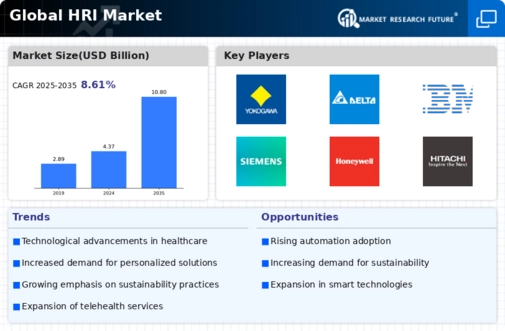
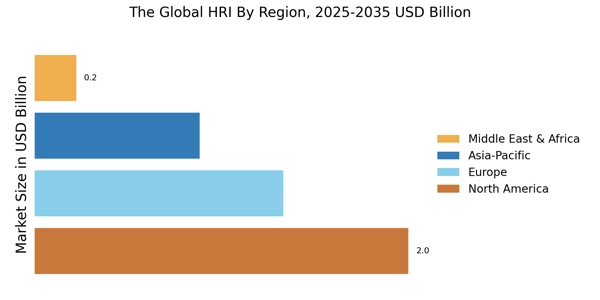
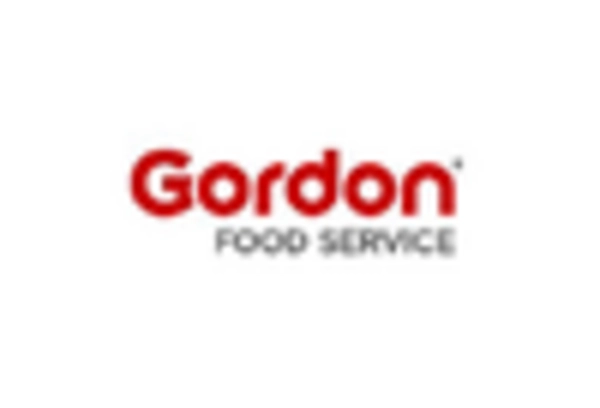
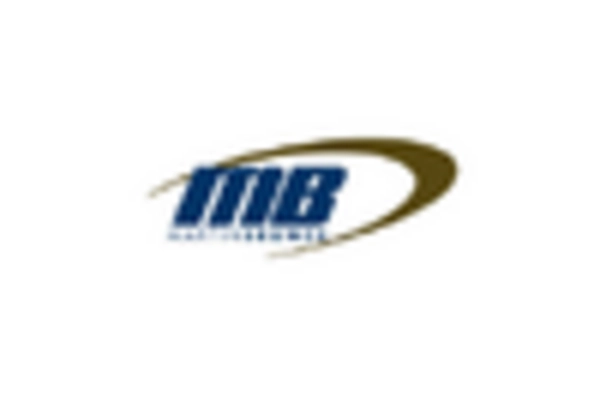
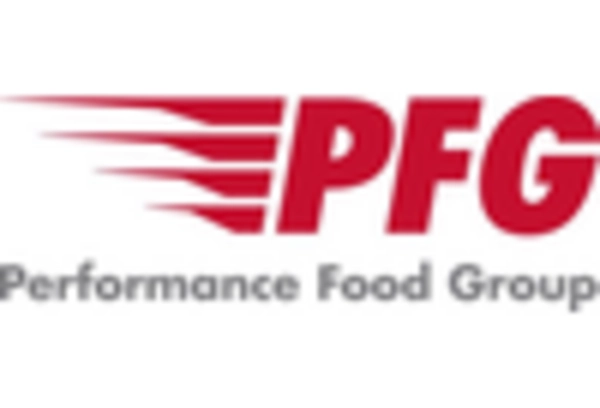
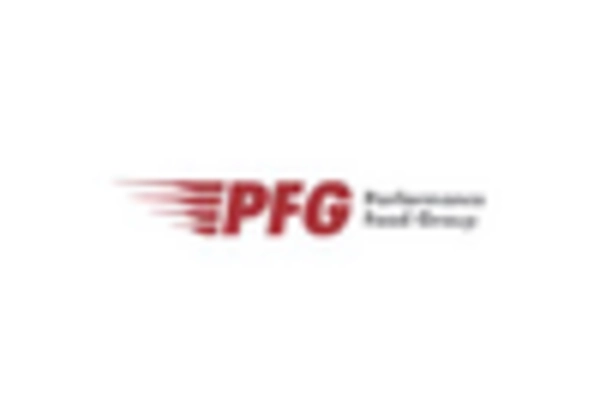
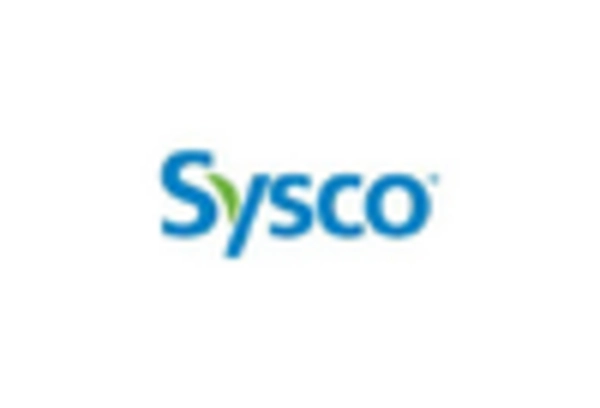
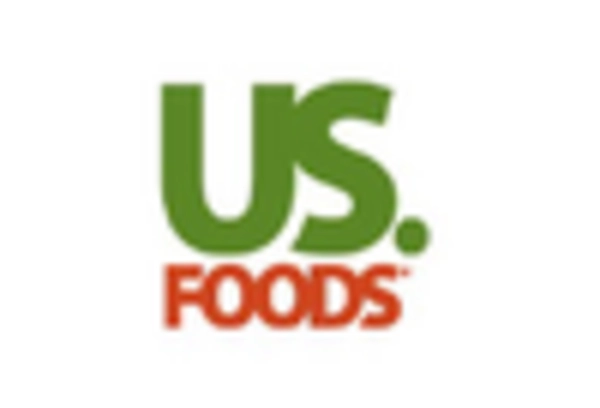








Leave a Comment